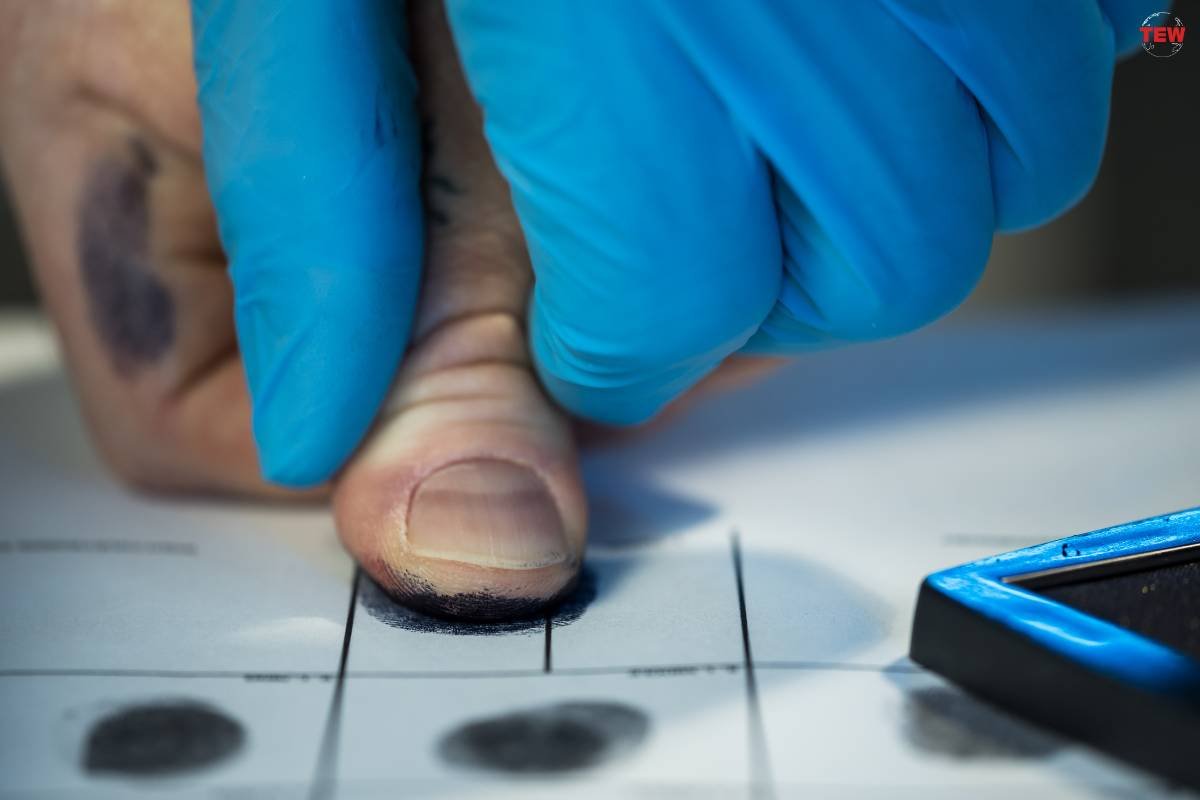Online user privacy has been a much-discussed topic in recent years, with a slew of news stories revealing the misuse of sensitive data by some of the biggest names in the tech business.
The result has been an almost universal rejection of the third-party cookie, which to date has been the most prevalent online tracking tool. However, the third-party cookie is not the only way to track a user’s online behavior.
If you’re reading this article on https://blog.partners1xbet.com/browser-fingerprint/ , chances are you’re already familiar with internet browsing. What you might not be aware of is the concept of “browser fingerprinting.” In this comprehensive guide. We’ll dive into what browser fingerprinting is. How it works. And why it’s essential to understand it in today’s digital age.
Introduction to Browser Fingerprinting

Imagine your web browser as a unique fingerprint. Just like no two persons have the same fingerprint. No two web browsers are identical. It is the process of identifying and tracking users. Based on the distinct aspects of their web browsers. These aspects include information like the user’s operating system. And browser type, screen resolution, installed plugins, and more.
How it works?
Browser fingerprinting works by collecting a wide range of data points. Of course, from your web browser. These data points can be classified into two categories:
Passive Data Collection.
Passive data collection means websites can gather information from your browser. Without asking for your permission. When you go to a website, your browser shares what kind of browser and computer system you’re using. Your IP address, and some technical details. Websites use this information to make your visit better. Like making sure the site looks right on your device.
Active Data Collection.

Active data collection involves using scripts and techniques. To gather additional information about your browser. This can include examining the fonts installed on your system. Measuring the timing of browser events. And checking for the presence of specific plugins or extensions. This data helps create a more complete fingerprint unique to your browser.
Why Is Browser Fingerprinting Used?
Now that you understand how browser fingerprinting works. You might be wondering why it’s used. There are several legitimate reasons for utilizing browser fingerprinting:
Enhancing User Experience.
Websites can use it to customize your experience. For example, they can optimize the website’s layout and content. Based on your device’s screen size and resolution.
Preventing Fraud.
Online platforms employ it to detect and prevent fraudulent activities. Such as account takeovers and payment fraud.
Analytics and Marketing.
Marketers use browser fingerprinting to gather insights into user behavior and preferences. Allowing them to tailor ads and content to specific audiences.
Concerns and Privacy Implications.
Browser fingerprinting has legitimate uses. It also raises significant concerns regarding user privacy:
Tracking Without Consent.
Most users are unaware that their browsers are being fingerprinted. This means that tracking occurs without explicit consent. It goes against the principles of user privacy.
Difficult to Opt-Out.
Unlike cookies, which users can delete or block, it is challenging to opt-out entirely. Even if you clear your cookies regularly. Websites can still recognize your browser based on its unique fingerprint.
Potential for Misuse.
The information collected through browser fingerprinting can be used by bad people. For things like stealing your identity, following you online, or doing harmful things.
Protecting Your Browser Fingerprint.

To protect your online privacy. And mitigate the risks related with it, consider the following steps:
a. Use Privacy-Oriented Browsers.
Opt for browsers designed with privacy in mind. Such as Mozilla Firefox or Brave. These browsers often include built-in features to minimize fingerprinting.
b. Browser Extensions.
Install privacy-focused browser extensions. It can help block or mask fingerprinting attempts.
c. Clear Cookies and Data.
Regularly clear your browsing history, cookies. And cached data to reduce the amount of information available for fingerprinting.
d. VPNs and Proxy Servers.
VPN or proxy server can help hide your IP address. It makes it more challenging for websites to track you.
The Future of Browser Fingerprinting.
As people worry more about online privacy, some places are making stricter rules to protect it. These rules might make it harder for websites to use fingerprinting.
In conclusion, browser fingerprinting is a powerful tool that websites use for various purposes. But it comes with significant privacy concerns. As a responsible internet user, it’s essential to be aware of how your online activities are being tracked. And take steps to protect your privacy while browsing the web.
Implementing it privacy measures can help you maintain control over your online identity. And protect your sensitive information from potential misuse. Stay informed, stay secure. And continue to enjoy your online experience while safeguarding your digital fingerprint.






